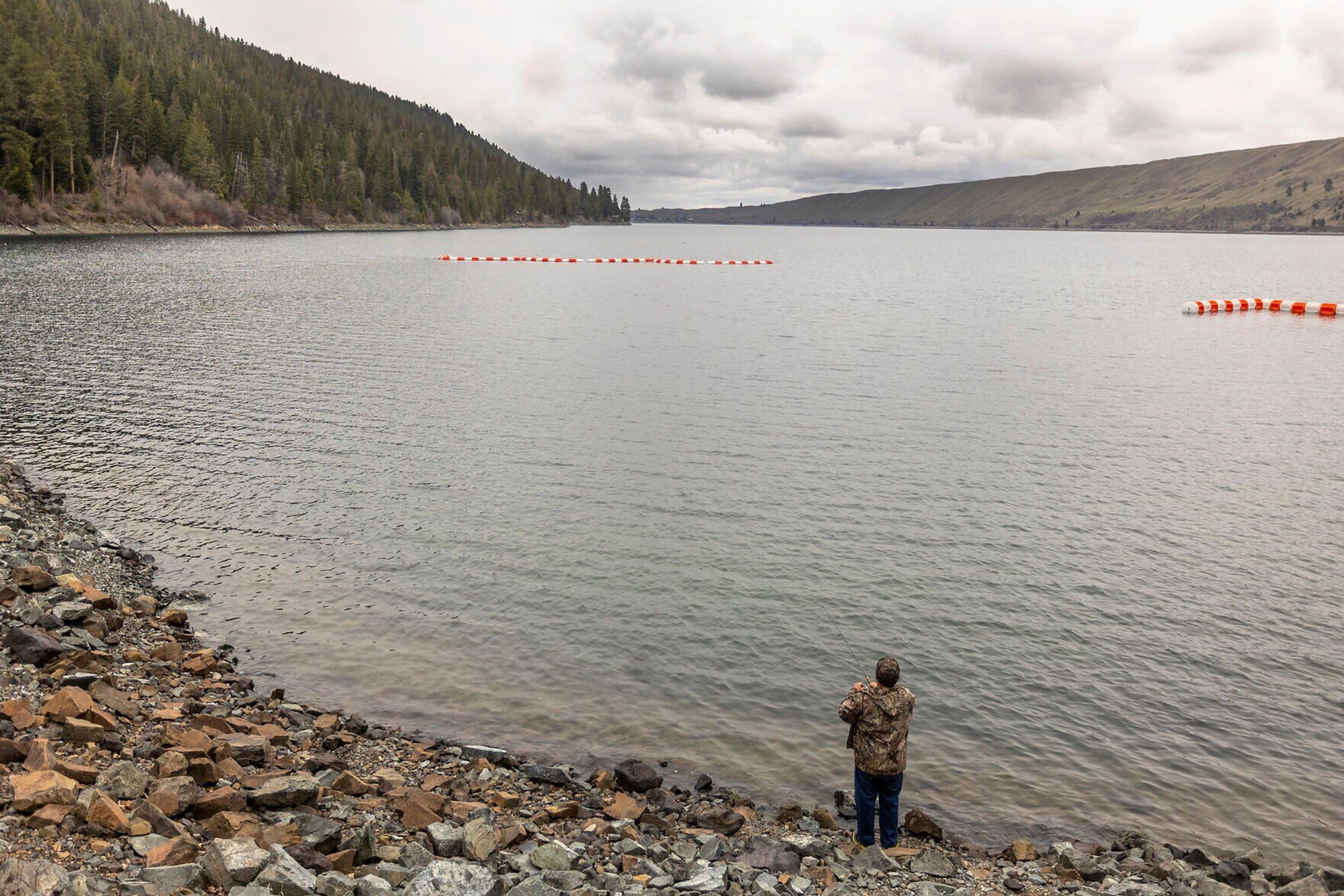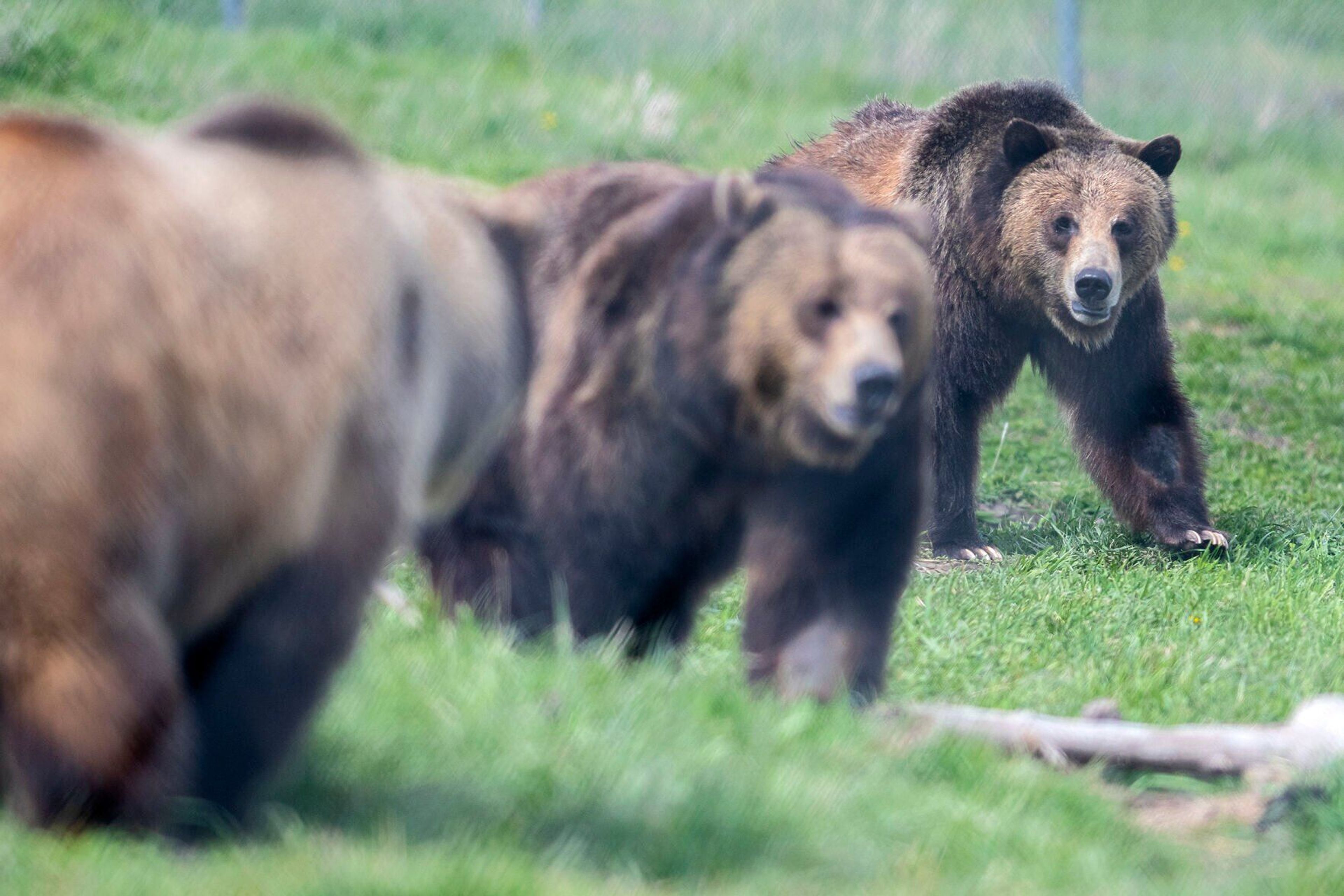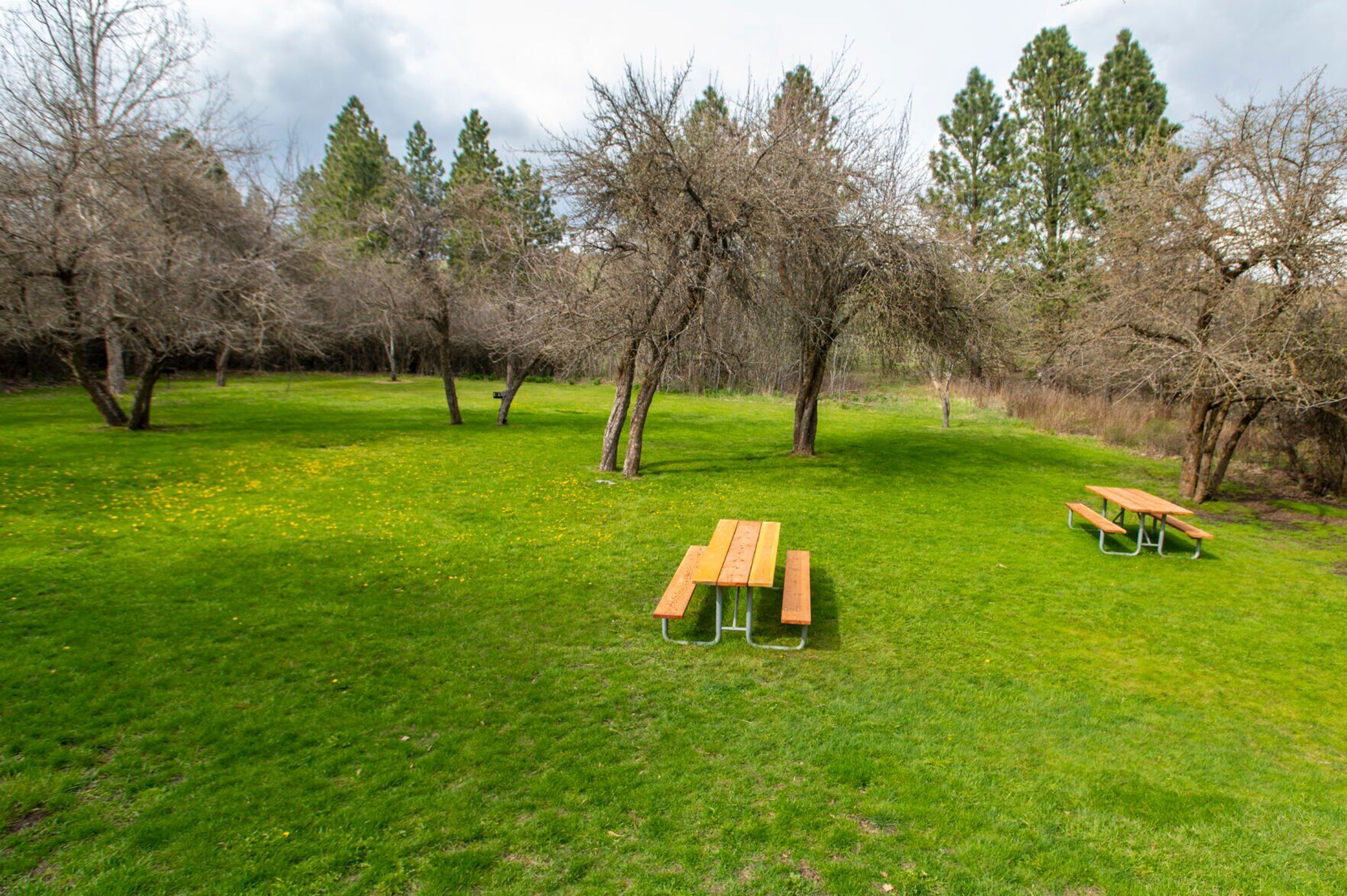Idaho game managers move to limit tags for visiting hunters
Tags for deer and elk will now be limited in specific units and zones
LEWISTON — Idaho Fish and Game commissioners moved Friday to limit the number of nonresidents who can participate in the state’s deer and elk hunting seasons.
The quotas that will take effect next year were adopted at the behest of resident hunters who have increasingly complained about overcrowding.
“We heard our resident hunters and took a careful and thoughtful approach to developing this plan to manage nonresident participation in deer and elk hunts at a finer scale,” said department Director Ed Schriever.
Commissioners approved the plan while meeting in Lewiston under the state’s new COVID-19 measures that restrict gatherings to 10 people or fewer. The meeting, at the Idaho Fish and Game Clearwater Regional Office, was closed to public observation and instead streamed online.
The new rules, two years in the making, cap general season hunts for elk, mule deer and whitetail deer on a sliding scale based on recent nonresident participation in specific game management units and elk hunting zones.
Deer hunting units and elk hunting zones with a recent five-year average of nonresident participation levels at or exceeding 15 percent will now be limited to 15 percent. Deer units and elk zones with nonresident participation less than 15 percent will now be capped at 10 percent. About a dozen backcountry deer units with high nonresident participation will be capped at current levels.
The change will require for the first time that nonresident deer hunters choose a specific unit in which to hunt. That rule does not apply to resident deer hunters who will still be allowed to move between units.
Nonresident participation has been limited for years, but the commission has enforced the limit only on a statewide basis, allowing the sale of 12,815 nonresident elk tags and 15,500 nonresident deer tags. Other than for controlled hunts and elk zones subject to overall quotas on the number of tags sold, the state had not previously limited nonresidents by hunting unit or elk zone.
Under the new system, the number of elk tags available to nonresidents will drop to about 11,700 while the number of available nonresident deer tags is not expected to decline below 15,500.
The Idaho Legislature previously raised the price of nonresident deer and elk tags. Michael Pearson, chief of administration for the department, told commissioners the nonresident quotes are expected to be “revenue neutral.”
Outfitters are concerned their income stands to be reduced. The number of tags available to outfitted hunters is a tiny fraction of those sold. But it is determined by a byzantine set of rules.
“A reduction in the number of tags available to nonresidents necessarily limits the pool of possible outfitted hunters,” said Aaron Lieberman, executive director for the Idaho Outfitters and Guides Association.
Don Ebert, the newly minted Idaho Fish and Game Commissioner representing the Clearwater Region, joined the state’s six other commissioners in approving the rule changes. Ebert said he doesn’t believe it’s his job to rubber stamp proposals from the Idaho Department of Fish and Game. But he was impressed with the level of detail the staff gave to the rule changes and the work they did to limit unintended consequences and economic disruption.
“I think they did it in such a way to do the least amount of harm to outfitters and local economics,” he said while noting his grocery store in Weippe benefits from nonresident hunters, some of whom will be displaced by the rule change. “It was necessary. It’s a big moment I think in Fish and Game management, and I think they did a good job.”
Nonresident deer and elk tags for the 2021 season go on sale Dec. 1. More information on quotas is available at bit.ly/35PVb5x.
The commission also extended the steelhead bag limit of two hatchery fish per day adopted last fall into the spring steelhead season, which begins Jan. 1. The normal bag limit is three steelhead per day.
Joe DuPont, regional fisheries manager for the department at Lewiston, said he expects about 56,000 steelhead to eventually pass Lower Granite Dam on the Snake River west of Lewiston. That is a healthy increase over the 35,000 that passed the dam last year but well below the five-year average of about 79,000. He said the bag limit reduction will allow anglers to harvest fish and for hatcheries to meet spawning goals. The reduction will also make sure the state doesn’t exceed its quota in the Clearwater Basin, he said.
Eric Barker may be contacted at ebarker@lmtribune.com or at (208) 848-2273. Follow him on Twitter @ezebarker.








